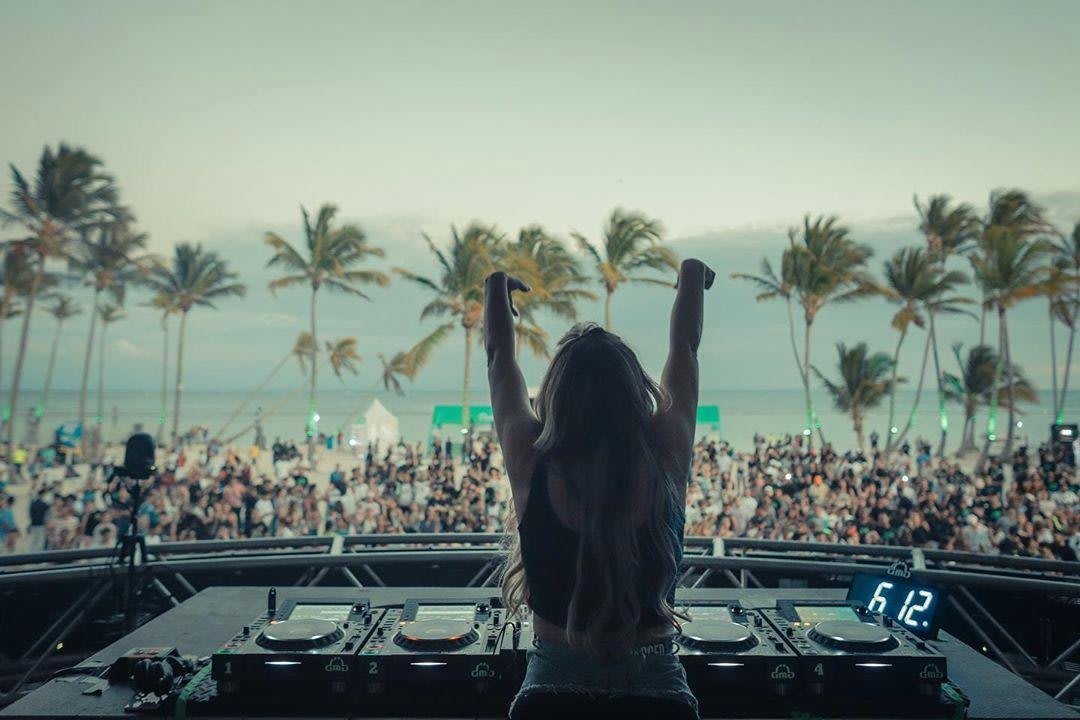Details
- Last Online: 21 hours ago
- Gender: Female
- Location: Santo Domingo, Dominican Republic
- Contribution Points: 7,620 LV17
- Roles:
- Join Date: May 21, 2015

Dalia
Santo Domingo, Dominican RepublicDalia
Santo Domingo, Dominican RepublicHello, my name is Dalia, I'm from Dominican Republic. DR is located in the Caribbean in the Greater Antilles, one of the most known places is Punta Cana, but we have a lot of beautiful places, in recent years we have snow in the mountains "Constanza" and "Jarabacoa" an unprecedented event in the Caribbean.
I became a asian drama freak more or less in the 2013, but I had some encounters in the 2000, when I watched "All about Eve" in the public television in my country, but they never ended the drama, so I became curious and one day and finished this drama online, so my life in dramaland begun.
I'm a blogger since 2014, and I have my own blog in Spanish, I'm volunteer in some databases about asian entertainment. I like to translate on Viki, but lately I stopped translating... Please join me to see some places and habits in my country "¡Quisqueya la bella!"
The cardinal points of the Dominican Republic are:
North: The Atlantic Ocean
South: The Caribbean Sea
East: The Mona Canal
West: Haiti
North: The Atlantic Ocean
Samaná
Samaná (Santa Bárbara de Samaná) is a city on the Samaná peninsula, in the Dominican Republic. It has a viewpoint towards Bahía de Samaná (Samaná Bay), which is home to thousands of humpback whales during the mating season, which occurs in winter. The main attraction of the Whale Museum is a large skeleton of a whale. The town's seafront promenade, the Malecón, has restaurants and bars. Cayo Levantado, located in the bay, is a small island known for its palm-lined beaches.
Where to go?
Cayo Levantado
Cayo Levantado is an islet in the Bay of Samaná, which administratively belongs to the Province of Samaná, northeast of the island of Santo Domingo in the Dominican Republic. It is a well-known tourist destination in that country.

Playa del Pueblo de Samaná - Playa Cayacoa
Playa Cayacoa is a small public beach in the city of Samaná, in the Dominican Republic. It is located on the Samaná peninsula and has 180 meters of beach.
Parque Nacional Los Haitises
Covering an area stretching 1,600 km² (618 square miles), Los Haitises National Park is one of the crown jewels of the Dominican Republic’s national park system. Los Haitises–which translates into “hilly land” in the Taino language–attracts numerous visitors who come here by boat to see its magnificent series of 30-meter (98-foot) high rock formations jutting out of the water.

Other places: Playa Rincon, Playa Las Ballenas, Javo Beach La Playita, Playa Frontón, Cosón, Playa Cayo Levantado, El Portillo, La Boca Del Diablo, Parada la Manzana.
Jarabacoa
Jarabacoa/ Aluwayékara Xarabacoa is a municipality in the Dominican Republic, which is located in the province of La Vega.

Where to go?
Salto de Jimenoa
The Jimenoa waterfall is a waterfall located within the municipality of Jarabacoa, a few kilometers from the province of La Vega, and is one of the highest in the Dominican Republic, and is one of the main ecotourism attractions of this province.
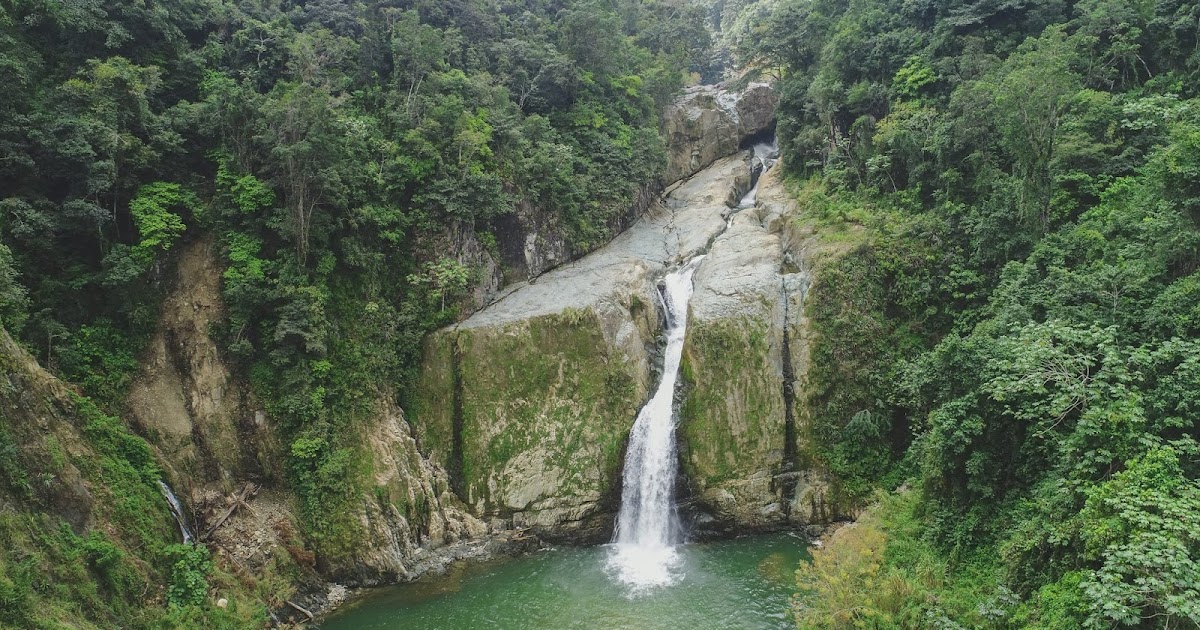
Salto Baiguate
The Baiguate Falls is a 25 meter high waterfall located in a canyon in Jarabacoa, Dominican Republic. The waterfall gets its name from the Baiguate River that forms it.

Pico Duarte
Duarte Peak, historically called La Pelona, is a peak belonging to the Central Mountain Range in the Dominican Republic, being the highest point in Hispaniola and the Antilles as a whole. It is located in the José del Carmen Ramírez National Park.
:quality(65)/s3/blog/original_images/antillas_pico_duarte.jpg)
Other places: Parque Ecológico La Confluencia, Spirit Mountain, El Mogote, Valle del Tetero.
Constanza
Valle de Constanza
The name Constanza has its origins in the Christian name of the daughter of a Taíno chief who lived in the 16th century. The original race populated the territory that today occupies the municipality of Constanza before the discovery of the island. Constanza is a municipality in the Dominican Republic, which is located in the province of La Vega. Although Constanza has always been a cold place, in recent times due to climate change, in the winter months Dec-Mar the morning dew dawns frozen, what we say "frost" not snow but ice.

Where to go?
Parque Nacional Valle Nuevo
The Valle Nuevo National Park is considered one of the most important treasures of the Caribbean, for being among the parks with great biological diversity that make up the Central Mountain Range and, together with the other protected areas located in that territory, forming what is called “The Mother of Waters”, due...

Other places: La Piedra Letrada, Las Pirámides de Valle Nuevo Constanza, Monumento Divino Niño, Río Tireo, Salto de Aguas Blancas, Reserva Científica Ebano Verde.
South: The Caribbean Sea
Pedernales
Pedernales is one of the 32 provinces of the Dominican Republic and is located in the southwest of the country, on the border with Haiti. Its capital is the city of Pedernales. It was created on December 16, 1957, segregated from the Barahona province.

Where to go?
Bahía de las Águilas
Águilas Bay is a bay in the Caribbean Sea, located in the central part of the southern coast of the island of Santo Domingo, and considered the most crystalline beach in the world. Administratively, it is part of the Pedernales province of the Dominican Republic.

Parque Nacional Jaragua
Jaragua National Park is located in the southwestern region of the Dominican Republic and nestled in the Barahona procurrent. It was created on August 11, 1983 by decree No. 1315 and has a total area of 1,374 km², including 950 km² of marine surface.

Laguna de Oviedo
Oviedo Lagoon is an aquatic natural reserve in the Dominican Republic. It is located in the province of Pedernales, within the Jaragua National Park. It has 28km² of surface and 1.5 meters deep. According to its residents, it has water three times saltier than the sea.
Other places: Río El Mulito, Pozos Ecológicos de Romeo Francés, Parque Eólico Los Cocos, Sierra de Bahoruco, Isla Alto Velo, Parque Nacional Sierra De Baoruco.
East: The Mona Canal
Santo Domingo, the place I use to lived and born... Two years ago I moved to the northwest, but in a few years I plan to return to Santo Domingo. I'm not a country girl hahaha.
Santo Domingo
Santo Domingo is the capital of the Dominican Republic and one of the oldest cities in the Caribbean. Its walled and cobblestone historic center, the Colonial Zone, has buildings dating back to the 16th century, including the cathedral, which was the first built in the New World. In the Plaza de España, lined with cafes, is the Alcázar de Colón palace. Today, it is one of several museums in the city displaying notable medieval and Renaissance works of art. Watch video
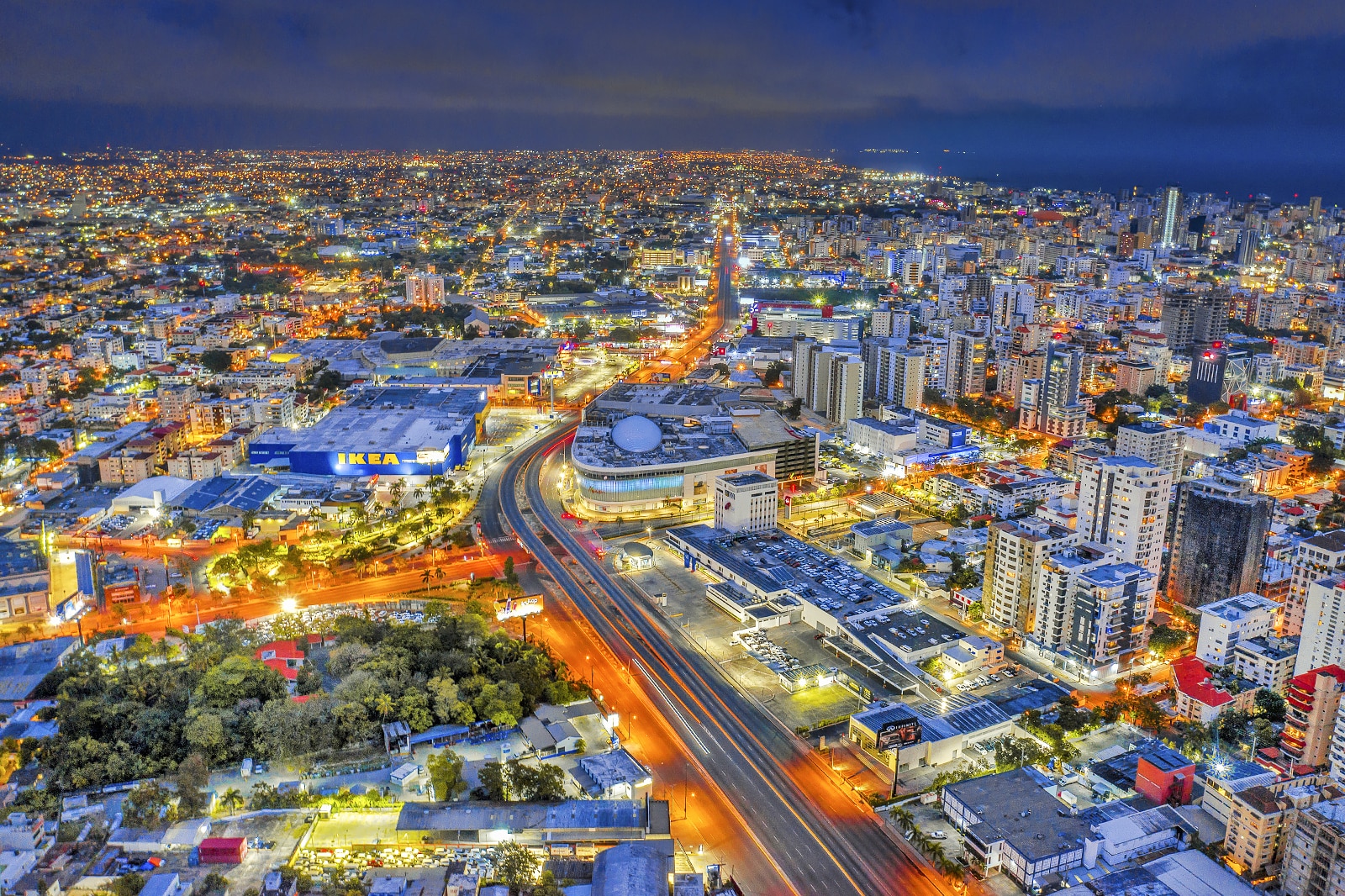
Malecón de Santo Domingo
The Malecón de Santo Domingo is a 15-kilometer boardwalk that runs along the coast of the Caribbean Sea. It is one of the main avenues of the city and is officially known as George Washington Avenue.
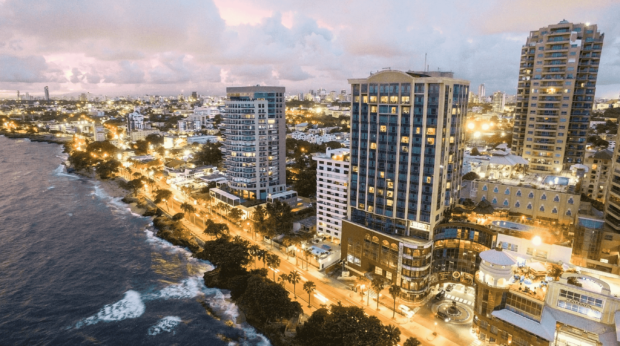
Zona Colonial
The Colonial City of Santo Domingo is the oldest urban center of the city of Santo Domingo, capital of the Dominican Republic. The Colonial City was the first permanent European settlement in America, founded in 1502 by the Spanish conquistadors.
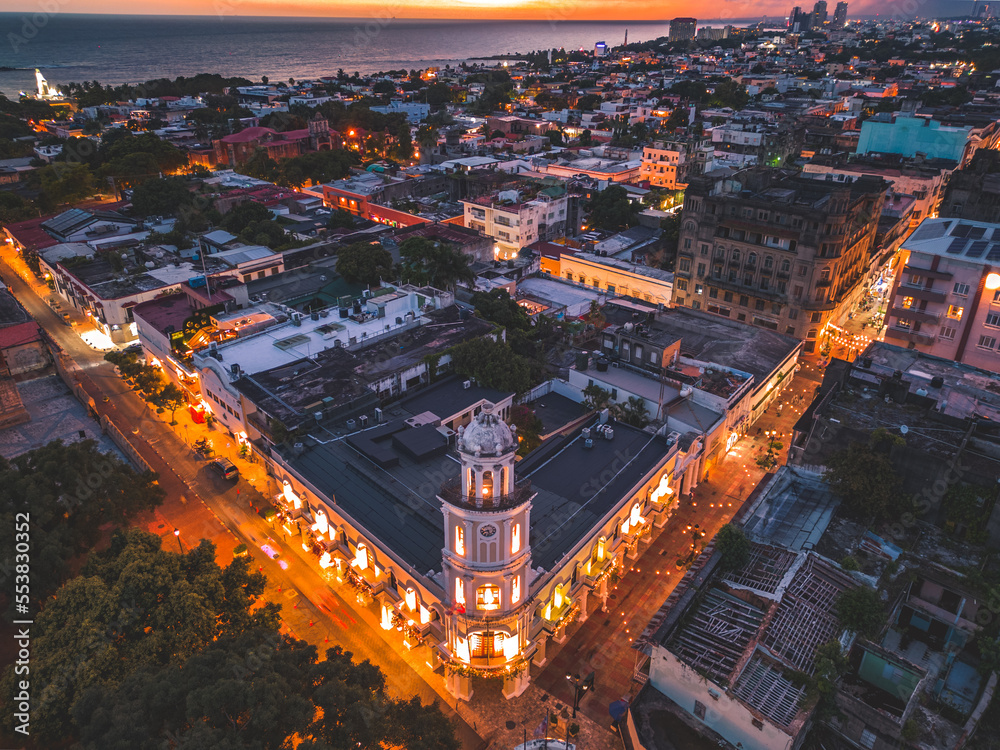
Many of the DR buildings are the oldest in the new world and the first, some are:
Atarazanas Reales (Royal Shipyards): built in 1509, it is the oldest building of its type still preserved.

Catedral de Santo Domingo (Cathedral of Santo Domingo): Built by order of Pope Julius II, it is the oldest in Latin America.
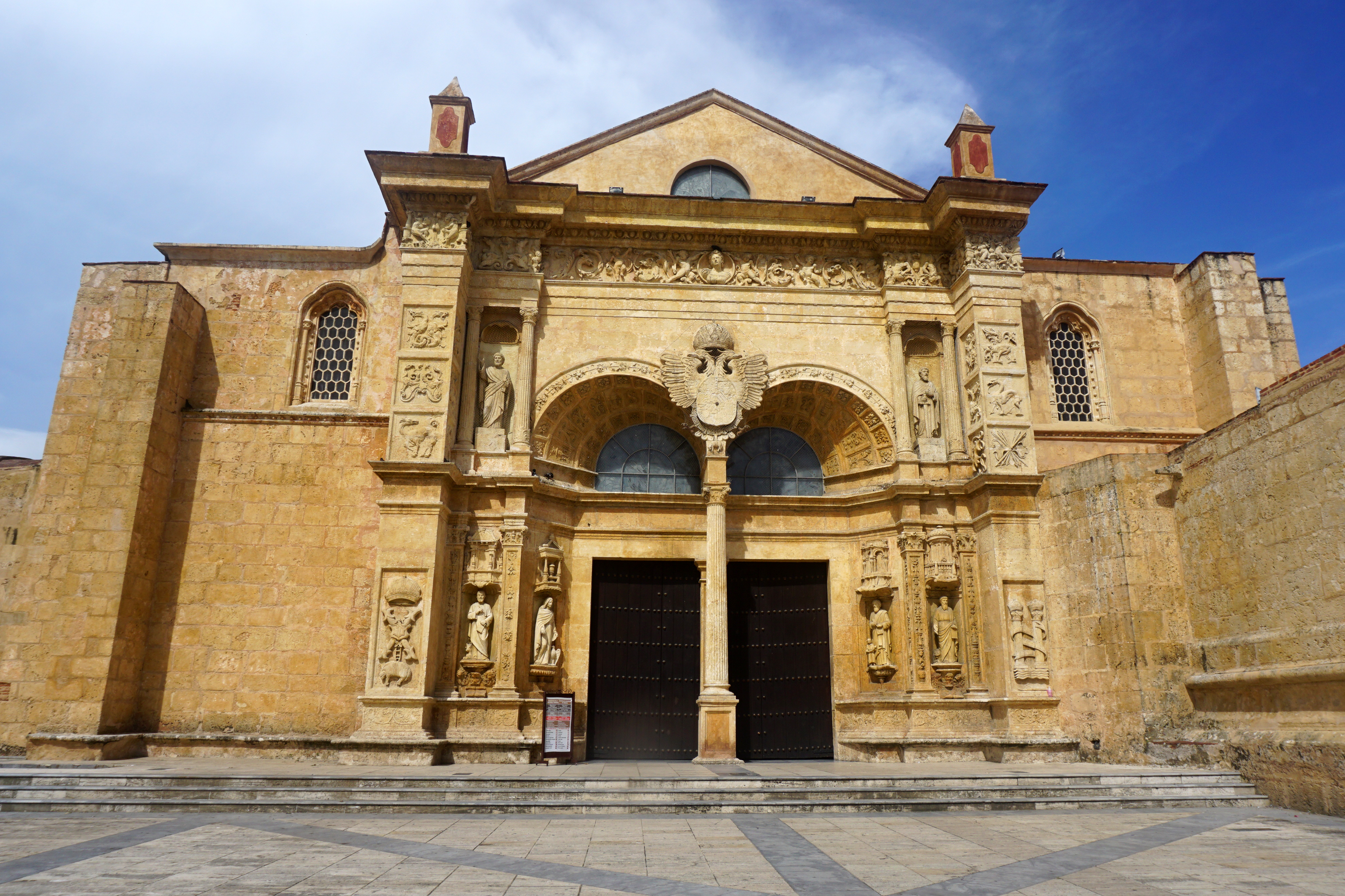
Hospital San Nicolás de Bari (San Nicolás de Bari Hospital): Started in 1503, it was the first hospital in Latin America.

Fortaleza Ozama (Ozama Fortress): Built by the Spanish during the viceregal era, it is the oldest fort in America.
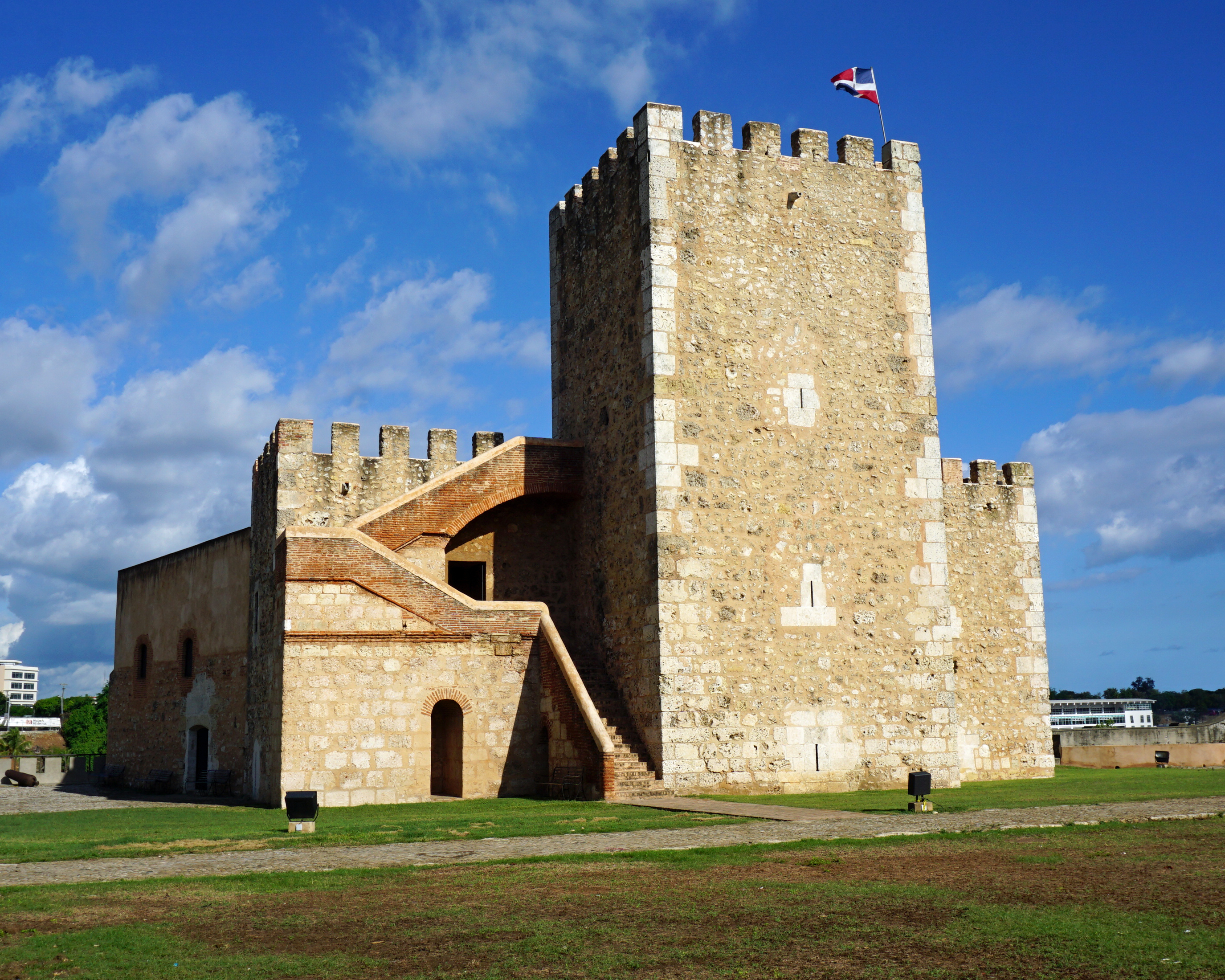
Río Ozama
The Ozama is a river that originates in Loma Siete Cabezas, in the Sierra de Yamasá, Dominican Republic. Due to its depth, it is considered the fourth most important river in the country. It covers 2,686 square kilometers and runs 148 kilometers. It flows into the Caribbean Sea, in the city of Santo Domingo. The neighborhoods on the banks of the Ozama River in the Dominican Republic are inhabited by people in extreme poverty. Some of these neighborhoods are: La Ciénaga, Gualey, La Zurza, Capotillo, Domingo Savio. Many governments have built apartments to keep them away from the danger of the river, but soon it is full of people again, many say that the corrupt people do not give them the apartments.
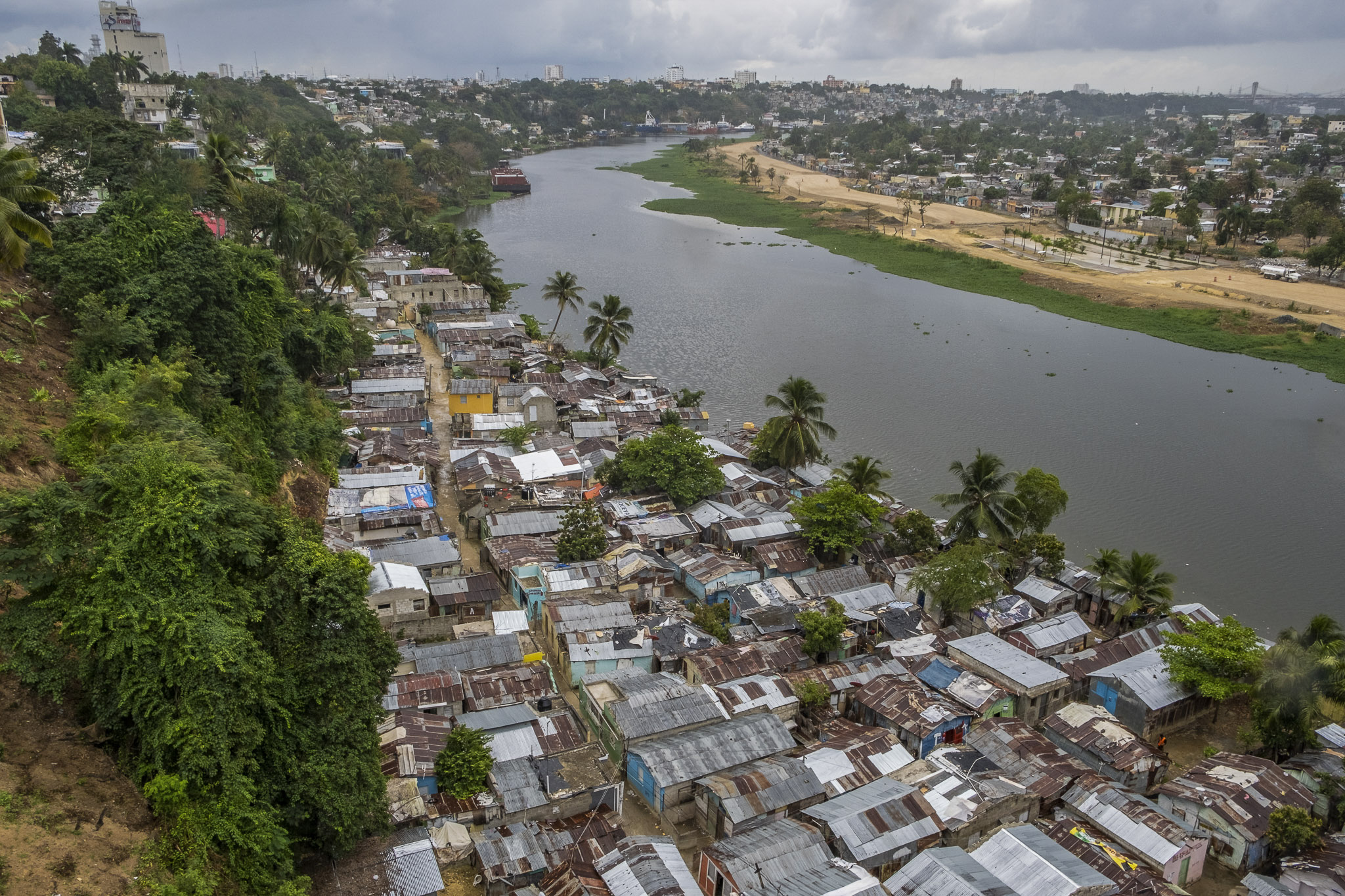
Other places: See all
La Altagracia
Altagracia is the easternmost of the 32 provinces of the Dominican Republic. The name commemorates the painting of Our Lady of La Altagracia, brought from Spain in the 16th century. Several miracles are attributed to this work.

Playa Macao
Playa Macao is a beach located in the northern part of Bávaro in the eastern region of the Dominican Republic. Macao Beach contains white sand with palm trees in its surroundings. It is very popular with locals and is also a tourist spot for surfers and those who take tours in buggies and four wheels.

Isla Saona
Saona Island is located in the southeastern corner of the Dominican Republic. It is part of the Eastern National Park and is known for its mangroves, coral reefs and palm tree-lined beaches, such as Palmilla. The island's shallow waters are home to starfish. Mano Juan is a quiet fishing village near Laguna de los Flamencos, with colorful huts and a turtle sanctuary. To the west is the Cotubanamá Cave, with pre-Columbian rock art.

Isla Catalina
Catalina Island, also called Ikiita Island, is an island located in the Caribbean Sea or Sea of the Antilles just a few kilometers southeast of Hispaniola Island, south of the province of La Romana, which is part of the Dominican Republic. From La Romana it takes half an hour to reach Catalina Island.

Punta Cana
Punta Cana, the easternmost tip of the Dominican Republic, borders the Caribbean Sea and the Atlantic Ocean. It is a region known for its 32 km long beaches and clear waters. The Bávaro area and Punta Cana combine to form what is known as La Costa del Coco, an area with exclusive all-inclusive resorts. It is popular for its zip lines, windsurfing, kayaking and sailing.

Others places: Basílica Catedral Nuestra Señora de la Altagracia, Playa Juanillo, Sirenis Aquagames Punta Cana, Reserva Ecológica Ojos Indígenas, Playa Pública Dominicus, Playa Bávaro, East National Park, Hoyo Claro, Parque Nacional Cotubanamá, Evolution Adventure Park, Boca de Yuma.
West: Haiti
Haiti is a Caribbean country that shares the island of Hispaniola with the Dominican Republic to the east. Despite recovering from the 2010 earthquake, many of Haiti's monuments dating back to the early 19th century remain intact. These include the Laferrière Citadel, a mountain fortress, and the surrounding ruins of Sanssouci Palace, the baroque-style former royal residence of King Henry I. Despite sharing a common history, there are significant differences between both countries: economy, ethnic composition, life expectancy, land, standard of living and others. We speak different languages and have different cultures.

Natural resources
The Dominican Republic is a country rich in non-renewable natural resources. Among these resources are: Nickel, Bauxite, Gold, Silver, Salt, Amber, Natural Gas, Titanium, Petroleum, Copper, Iron, Gypsum.
Dominican amber
Is an amber from the Dominican Republic. Resin from the extinct tree Hymenaea protera is the source of Dominican amber and probably of most amber found in the tropics.

Lifestyle
The Dominican Republic is a country known for its everyday lifestyle, which is magnetic for visitors. Dominicans are known for being party animals, social, light-loving and hopeful in gambling.
Generally speaking, life in the Dominican Republic is much cheaper than in most European countries. The quality of life is very high. The Dominican Republic is one of the main tourist destinations in the world due, in large part, to the quality of life of the people who reside on this island, but the national minimum wage is very low, so the basic basket is extremely expensive compared to other countries, as well as housing, health, etc. The social differences are extreme between the rich and the poor.
A residence of the rich
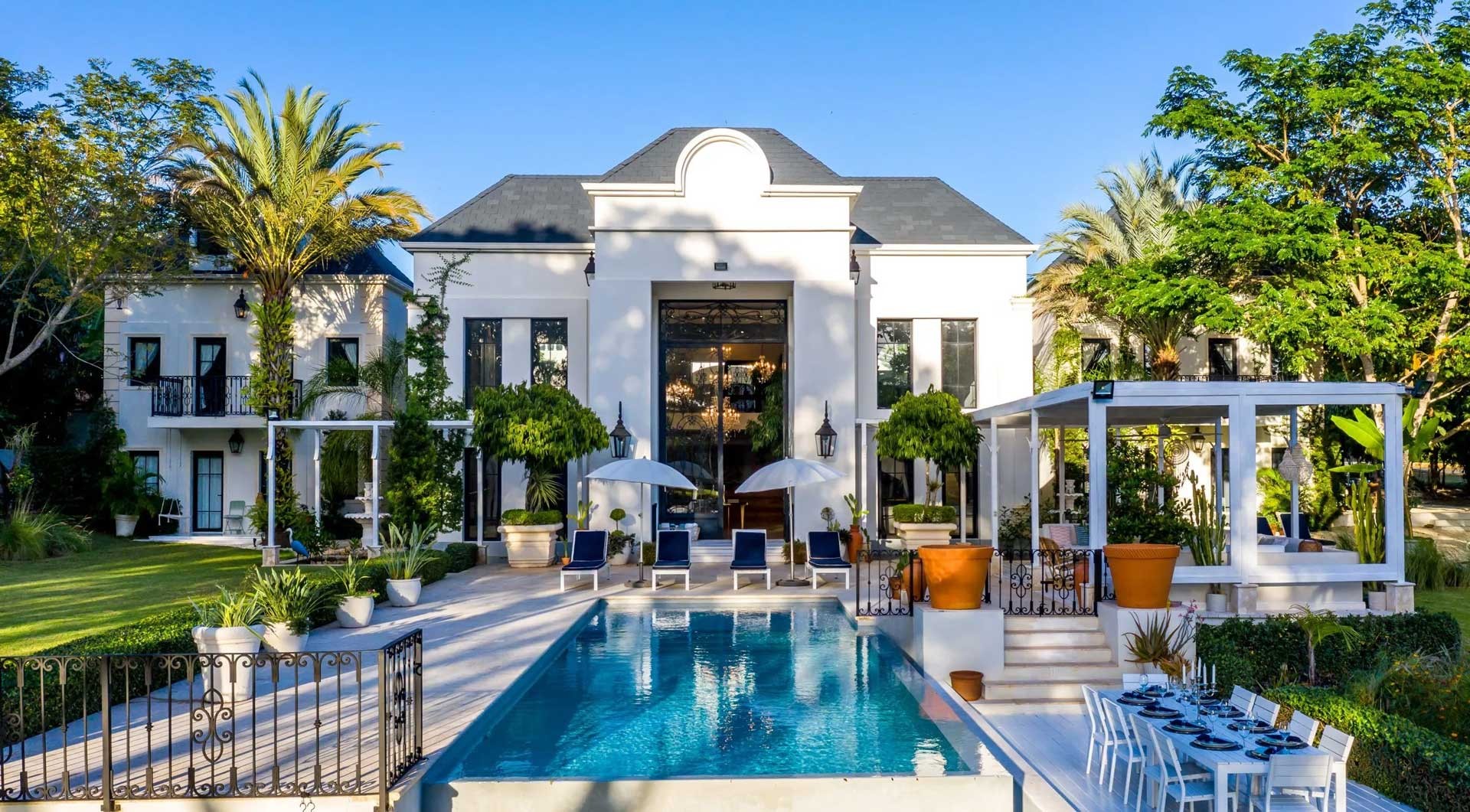
A lower class residence
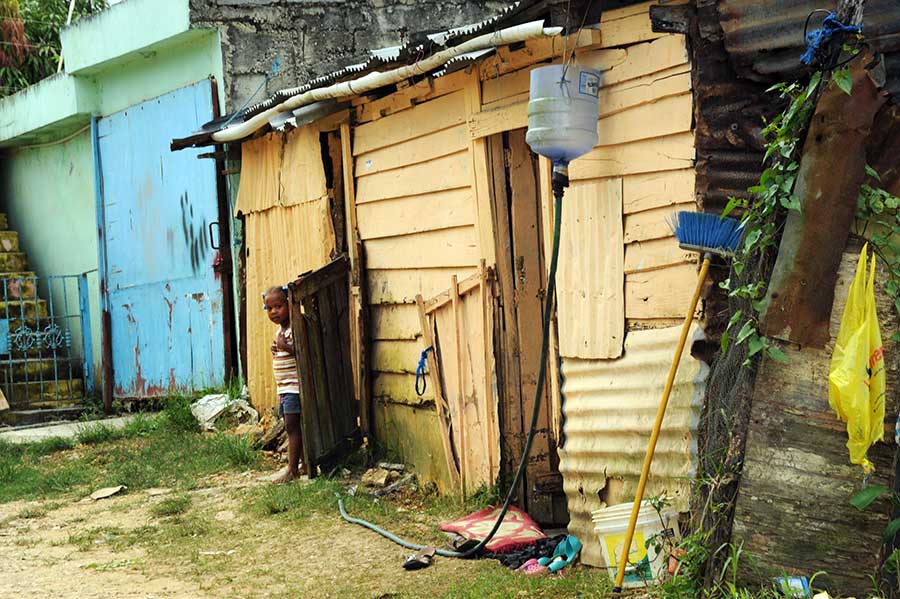
Cultura
Dominican culture is a mix of the cultures of Spanish settlers, African slaves, and Taíno natives. European, African, and Taíno cultural elements are most prominent in Dominican food, family structure, religion, and music.
Bohío Dominicano
Old house of "Los Tainos and other tribes" an indigenous tribes that populated our island before the arrival of the Spanish and their destruction. Then in the rural areas a little more comfortable they continued to be used until our times.

We eat a lot.. not just this dishes..
Dominican Food
The daily Dominican Food is White Rice, Beans, Meat (Chicken, Pork or Beef) Salad or Tostones (green plantain not banana)

Another very popular dish is the dominican sancocho is a soup of meats, tubers, vegetables and seasonings that are mixed to form a thick broth. It is accompanied with rice. There are two types: normal and with red beans.

We drink a lot! (not me LOL) just when I was younger and beautiful and all they guys loved me.. :)
Dominican Ron
The Dominican Republic has many world-renowned rum brands, such as Brugal, Barceló and Matusalem. Dominican rum is characterized by its exquisite flavor and texture..
More information Dominican Republic Rum - A Beginners Guide to...
Dominican Beer
Some of the main Dominican beer brands are: President, Bohemia, Brahma, The One, Quisqueya, Canita. Presidente is the most popular and emblematic beer of the Dominican Republic. It is a golden-colored, soft and light Pilsener-type beer, with notes of malt and hops. It is the most exported beer of its type in the Caribbean.
Of course in DR we drink all the drinks in the world.
We dance a lot!
Merengue
Merengue is a dance musical genre that originated in the Dominican Republic at the end of the 19th century. It is very popular throughout the American continent, where it is considered, along with salsa, as one of the great dance musical genres that identify Hispanic Americans.

Bachata
Bachata is a dance musical genre originating in the Dominican Republic within what is called urban folklore. It is considered a derivative of the rhythmic bolero. Some bachatas (old ones) have indecent lyrics (that only the locals understand), but there are also many with beautiful lyrics. I'm honest, I grew up listening to other genres of music, that is, it's not my favorite genre, but I like some that aren't too loud.

Música urbana (DEMBOW)
Dominican dembow or simply dembow is a musical style originating in the Dominican Republic, derived from reggaeton and dancehall. One of its main characteristics is the repetition of the words in each song, along with a rhythm that exceeds 110 beats per song. minute. This is danced a lot in the popular neighborhoods, and the most popular area is called "La 42", if you come you can enjoy it but be very CAREFUL! not everyone is good.

Guaracha
Guaracha is a style of singing and dancing that is also considered music for Christmas parties and popular concert music. Several modern genres, such as rumba and salsa, are considered to be influenced by guaracha.
Looks like bachata but more slow.

Salsa dominicana
Salsa is always present in the Dominican Republic and although it is the land of merengue and bachata, it has made very important contributions to the evolution of salsa, in addition to the fact that the country was the genesis of the New York salsa movement. Nowadays, salsa is danced differently with more sensual and drawn movements.
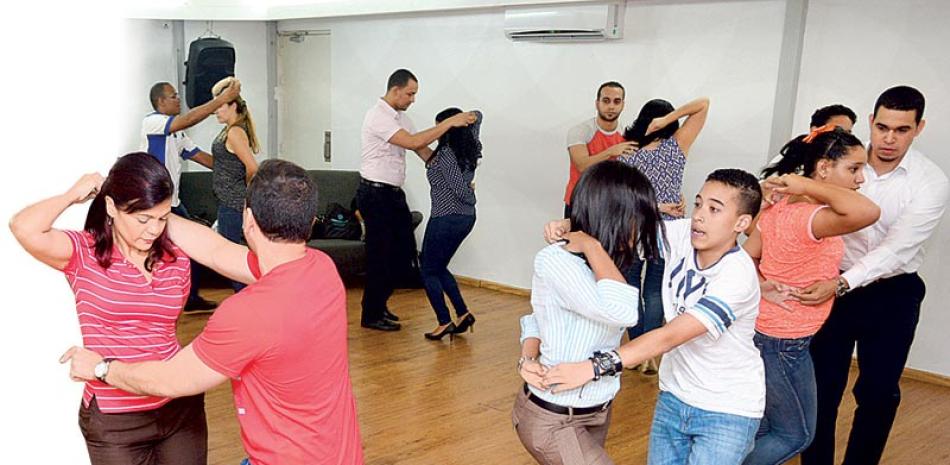
Others genres of music
DR's popular genres are merengue, bachata, etc... but always upper middle class families (although there are always people from all social strata who do not like popular music) like North American pop music, electronic music and all the genres in the world, although the majority of the country listens to popular genres, there is a lot of room for other genres.
D-Unity - Live @ Radio Intense, Punta Cana, Dominican Republic 28.7.2021 / Techno DJ Mix
Transportation
Carro público (Public car)
Public transportation in the Dominican Republic is not a complete chaos, but we still have many deficiencies and many old vehicles in disadvantaged areas, after the entry into force of the Santo Domingo Metro and the Cable Car, things have changed a lot, but still You see these vehicles. Uber and other companies are available.

Other people prefer cars with air conditioning, but that are properly identified, on "27 de febrero", one of the largest avenues in the country.
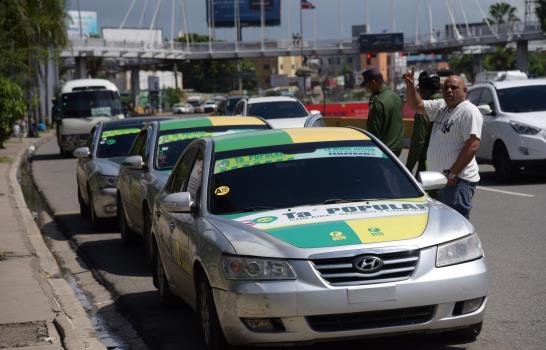
Motoconcho (Motorbike)
The motoconcho is one of the common means of transportation in DR, what you see in the photo is illegal and punishable by law, but however they do it, it is more common in rural areas, it is relatively safe transportation (you are exposed without a protective helmet), if they are identified and belong to an association, but otherwise it can be dangerous.

Guagua (buses)
To travel within the country there are the "Guaguas". In the photo you see one of the most recognized companies in the country and travel to almost every corner of the country, including the border country Haiti. There are more companies for other areas.

There is the "OMSA", the government transportation, which has improved a little in recent years, but does not cover many areas, only the metropolitan area. It has air conditioning, and they only stop at designated stops.
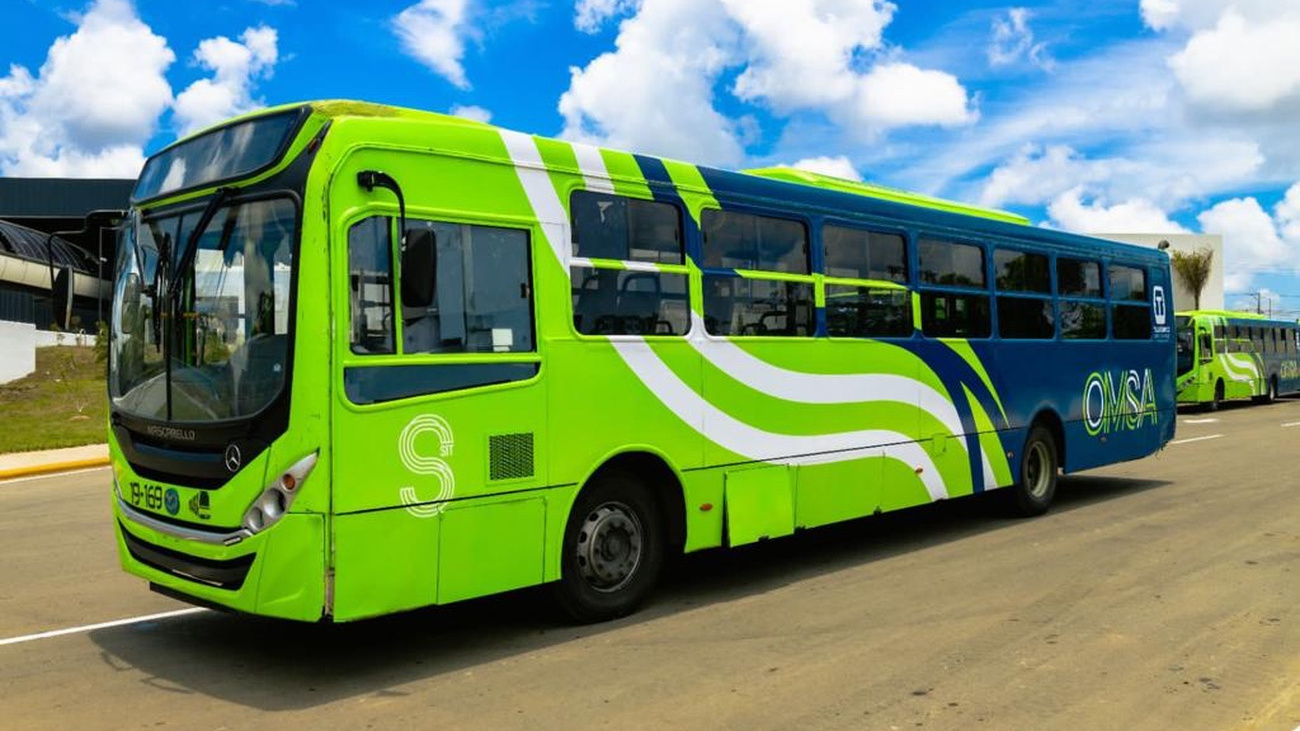
In the photo you see a "voladora" means flying (because they drive like crazy). It is used for many areas of local transportation, there are with better conditions for rural transportation that have air conditioning.

One of the few good things that the current president (2020-2024) has done is the incorporation of school transportation.
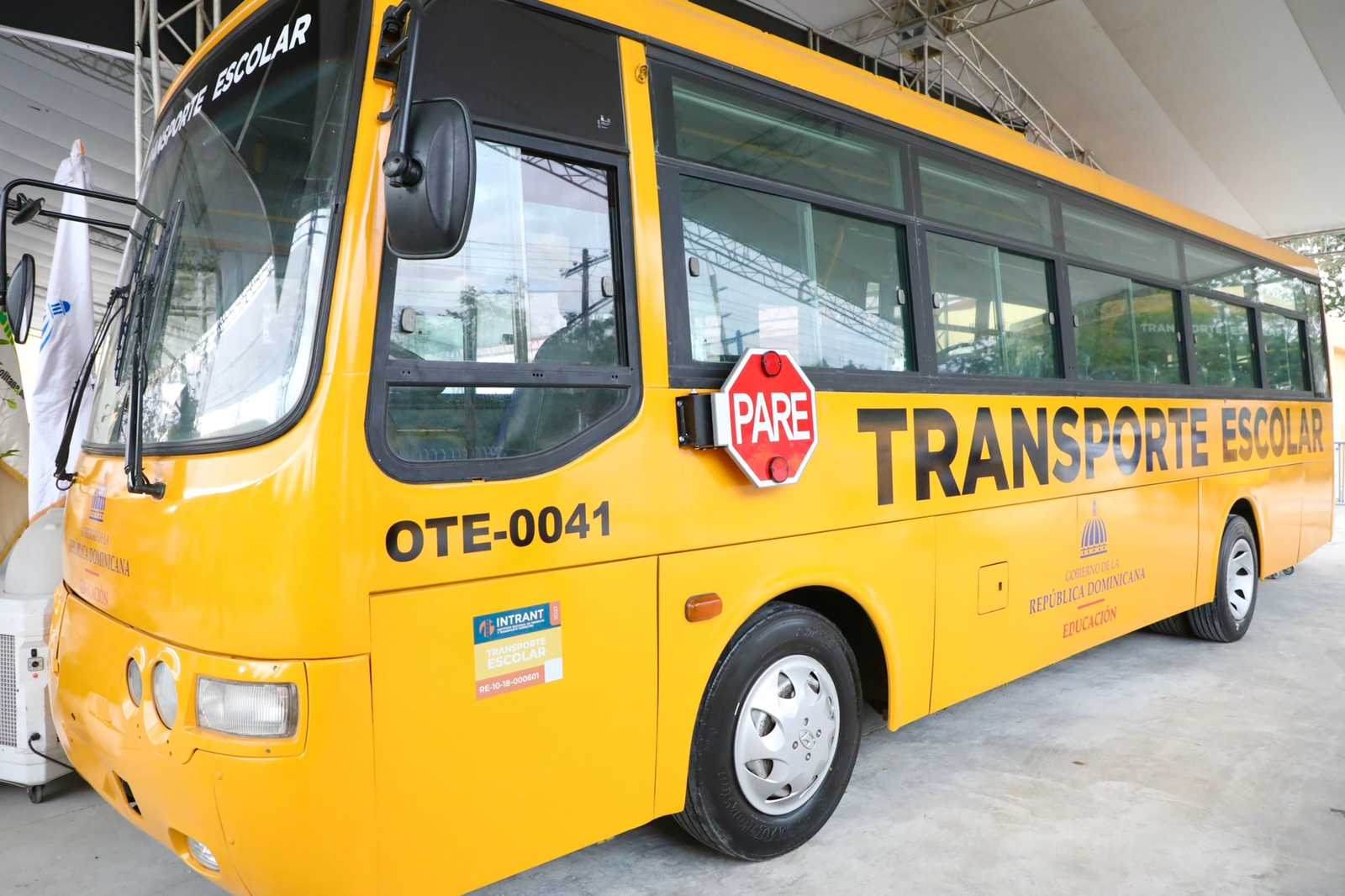
Metro
The "Metro de Santo Domingo" is the metropolitan railway network of the city of Santo Domingo, capital of the Dominican Republic. Since the inauguration of the second line in 2016, it is the most extensive metropolitan railway system in the Caribbean.
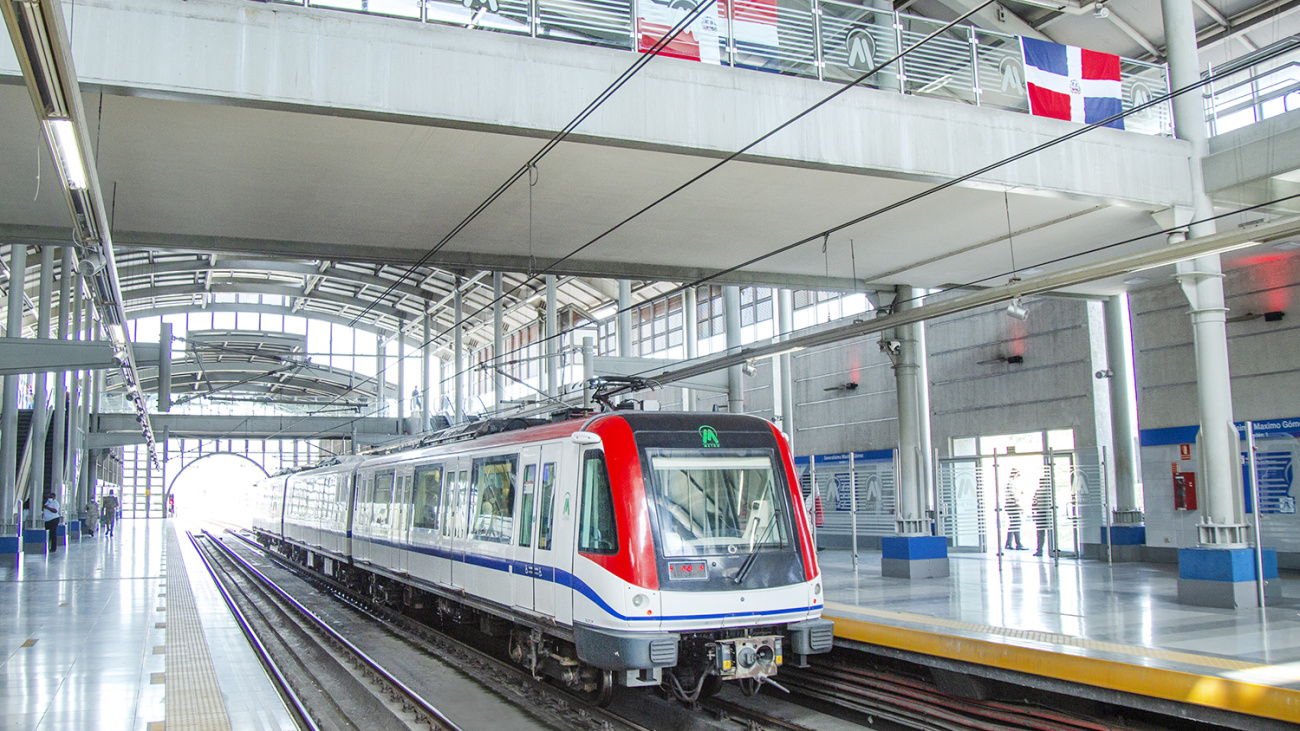
A monorail is now being built in the second largest city in DR called "Santiago de los Caballeros".

Other transportation
The Dominican Republic has 8 international airports, 5 cruise destinations, a variety of marinas for boats and yachts, and domestic landing strips for private planes and charter flights.

Many people who see my profile say that they will visit my country, it is a beautiful country that has everything, and with very nice people, but always be careful and read everything well before coming, it is called common sense, all countries have their things good and bad.
¡Plátano Power!
Follow me in Spanish Facebook / Twitter / Instagram / YouTube / Viki
Statistics
576d 22h 54m
14d 15h 51m
List Updates
-
 Currently watching 12/1621 hours ago
Currently watching 12/1621 hours ago -
 Currently watching 3/1123 hours ago
Currently watching 3/1123 hours ago -
 Completed23 hours ago
Completed23 hours ago -
 Completed3 days ago
Completed3 days ago -
 Currently watching 10/123 days ago
Currently watching 10/123 days ago -
 Currently watching 4/163 days ago
Currently watching 4/163 days ago -
 Currently watching 30/369 days ago
Currently watching 30/369 days ago -
 Completed9 days ago
Completed9 days ago -
 Completed13 days ago
Completed13 days ago





























